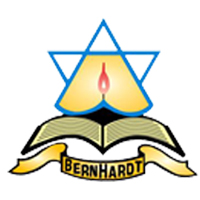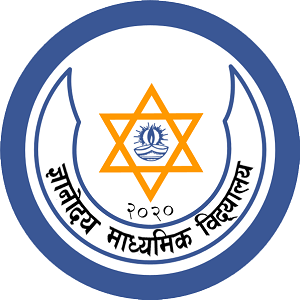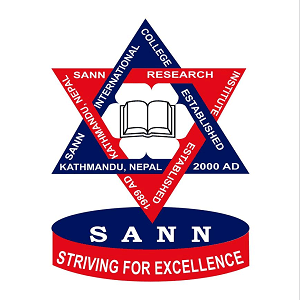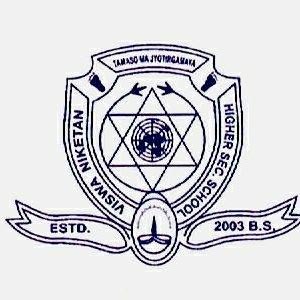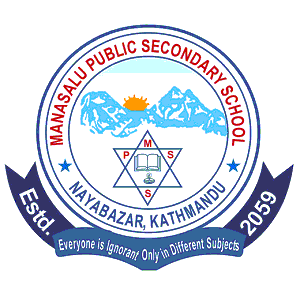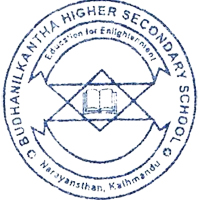Overview
Ten Plus Two (+2) Science — Bijeshwori Gyan Mandir Sainik Mahavidyalaya (BGMSMV), Kathmandu
If you are a science-leaning student thinking about medicine, engineering, nursing, or IT, the NEB Ten Plus Two (+2) Science at BGMSMV, Kathmandu, gives you a clear school-to-bachelor pathway.
Many students ask for precise details on subjects, labs, admission, Army and Civil quotas, and what comes next. This course guide explains the syllabus, learning process, and realistic outcomes for Nepali learners.
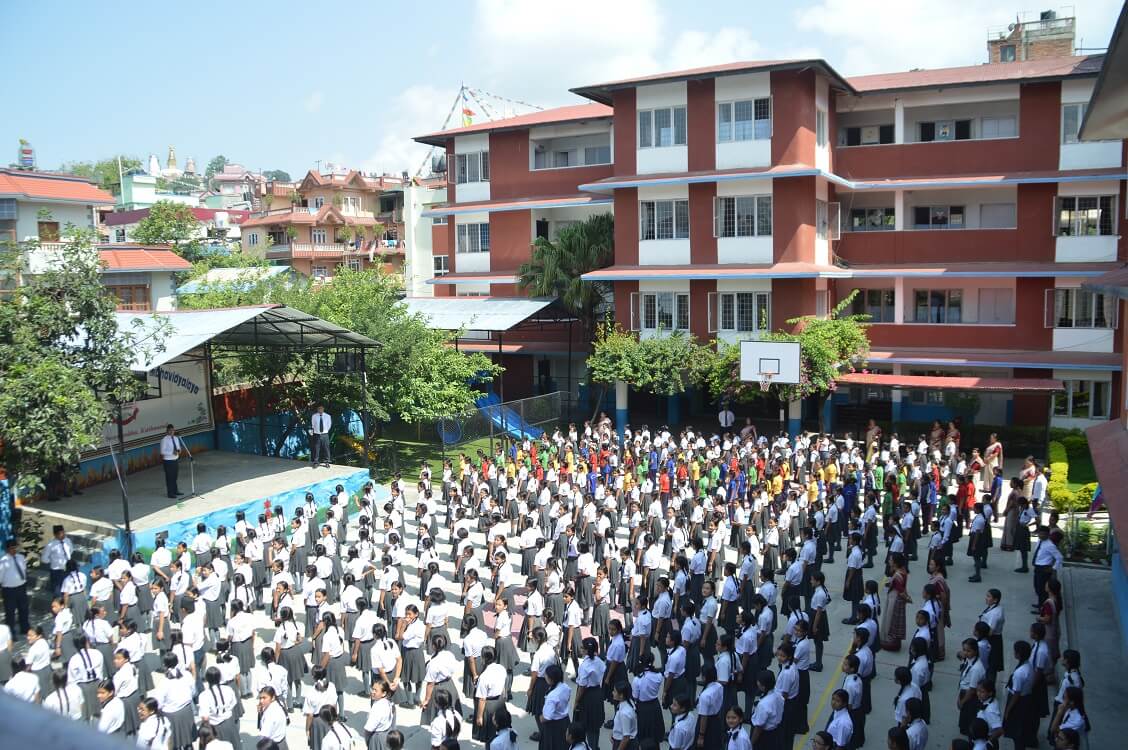
Overview
BGMSMV runs NEB Class 11–12 Science for girls in a structured, supportive campus near Swayambhu. The stream fits students who aim for competitive bachelor programs in MBBS, BDS, B.Sc. Nursing, BPH, engineering, BSc CSIT, and allied sciences.
School systems at BGMSMV include a clear timetable, practical work in subject labs, and guidance on study choices tied to entrance goals.
Students often wonder where to start and how to plan two tight years. The stream keeps momentum through scheduled classes, practicals, internal checks, and short review cycles that help you keep pace without losing the bigger picture.
Highlights
-
NEB Science stream with Physics and Chemistry as core group subjects.
-
Additional options in Biology, Mathematics, and Computer Science (as offered by the institution).
-
Army and Civil intake under a published 60:40 composition at the school level.
-
Regular practicals, project tasks, and short presentations to build confidence.
-
Counseling, parent meetings, and individual guidance during key decision points.
Curriculum Details
Here’s what you study over two years, step by step.
Compulsory (NEB):
-
Nepali
-
English
Science Group Subjects:
-
Physics and Chemistry form the core of the stream.
-
Students select from Biology, Mathematics, and Computer Science depending on the section offered and personal plans.
How the combination shapes your plan:
-
Physics–Chemistry–Biology (PCB): Suits medicine and allied health aspirations. Many students add Mathematics if they want room to pivot.
-
Physics–Chemistry–Mathematics (PCM): Fits engineering, BSc CSIT, and quantitative routes.
-
Physics–Chemistry–Mathematics + Computer Science: Adds early computing exposure for software and IT interests.
Practical and project structure:
-
Physics: Measurement, kinematics, electricity, optics, and error analysis.
-
Chemistry: Titration, qualitative analysis, organic basics, and lab safety habits.
-
Biology: Microscopy, specimen study, field notes, and short lab reports.
-
Computer Science (if chosen): Programming basics, problem decomposition, and file handling.
Short “learning logs” after practicals keep your notes tidy and exam-ready. Regular viva sessions build clarity in definitions, steps, and safety.
Objectives
-
Build strong conceptual understanding in Physics, Chemistry, Biology, and Mathematics.
-
Learn lab discipline, accurate observation, and structured report writing.
-
Strengthen numeracy and reasoning for entrance exams.
-
Improve scientific communication using clear language and evidence.
-
Map course choices to bachelor admissions without guesswork.
Scope
Not sure where this stream leads? The Science route opens several directions:
-
Medicine & Allied Health: MBBS, BDS, B.Sc. Nursing, BPH, Pharmacy, MLT, Medical Microbiology.
-
Engineering: Civil, Electrical, Electronics and Communication, Computer, Biomedical, Geomatics, IT across Nepali universities.
-
Science & Technology: Physics, Chemistry, Zoology, Botany, Microbiology, Statistics, Biotechnology.
-
Computing: BSc CSIT, BIT, BCA, Software Engineering and related pathways.
Each path has its own entrance rules. Early clarity on subject combinations helps you avoid last-minute changes.
Learning Outcomes
By the end of Class 12, a diligent learner can:
-
Solve structured problems in algebra, trigonometry, and basic calculus that connect back to Physics and Chemistry.
-
Carry out standard lab procedures, keep observation tables, and discuss sources of error.
-
Prepare lab reports with labeled diagrams, graphs, and calculations.
-
Explain processes such as photosynthesis, genetics basics, reaction kinetics, or circuit behavior in simple terms.
-
Present a short talk or poster on a science topic with references.
Skill Development Modules
-
Lab Skills: apparatus handling, measurement accuracy, safety rules, and neat record-keeping.
-
Quant Skills: unit analysis, approximation checks, graph reading, and time-bound problem sets.
-
Computing Basics (if chosen): logic building, simple programs, and data handling.
-
Communication: short abstracts, captions, and viva practice.
-
Study Systems: past-paper cycles, spaced revision, and reflective notes.
Teaching Methodology
Classes combine blackboard explanations, models, and guided practice. Teachers run tutorial hours for problem areas and organize practical cycles before internal checks.
Continuous assessment records your progress through quizzes, assignments, attendance, and lab performance. Parent meetings share action points so home and school stay coordinated.
Admission Requirements
Students often worry about eligibility and documents. Keep these points in view:
-
Eligibility: Minimum GPA 1.6 in SEE for entry to Grade 11 under current NEB policy.
-
Intake pattern: Army Quota and Civil Quota as per institutional rules.
-
Selection process: Written assessment followed by interview.
-
Documents: Birth Registration Certificate, SEE grade sheet, character certificate, passport-size photos, and relevant Army service documents (unit-verified letter for in-service; Pension Patta for retired).
Admission windows follow the NEB and institutional calendar. Orientation sessions finalize section-wise combinations and practical schedules.
Career Opportunities
Many students proceed directly to entrance preparation for medicine, engineering, BSc CSIT, or allied health. Others choose bachelor majors in core sciences or IT. Short-term roles—such as peer tutoring or school-level science support—help build experience while you prepare for selective exams. Long-term roles depend on bachelor choices and later certifications.
Scholarships and Financial Aid
The office publishes fees and any support rules each year. Army families receive priority through the quota system. Need-based or merit provisions, where available, require timely application with full documentation.
Why Choose This Course?
-
Clear NEB-recognized route to MBBS, Engineering, BSc CSIT, and science majors.
-
Sustained lab exposure and viva practice that match practical exams.
-
Structured school routines that help you build steady study habits.
-
Counseling that links subjects to real entrance requirements and timelines.
-
Documented Army/Civil intake rules that bring transparency for families.
Conclusion
A Science student at BGMSMV studies a focused two-year plan with practicals, internal checks, and steady guidance. The stream supports your move toward medical, engineering, science, or IT degrees without guesswork. Students and parents should follow official notices for seat availability, section options, and key dates each session.


